‘Compassion’ is the kindness that is generated within one’s mind toward others’ sorrow. Such kindness can be found among many people in the world. Their hearts feel sorry when they see others are suffering. They even cry seeing such tragedies. Lending a hand for them to feel better again is also something they do without expecting any profits. Such act is indeed kindness. But we do not refer to such act as ‘the great compassion’ because it only offers others the help they need to solve some problems in their lives; it does not spread beyond that point.
The compassion of the Supreme Buddha does not based on such a mere worldly support. It is a wonderful compassion, a great compassion that helps one to soothe his/her life beyond this one. What is the reason for that?
The Supreme Buddha saw the great suffering all beings face in their lives continuously getting births and dying in the Samsara. We see some difficulties, sufferings humans face in this life, but we do not have a good perception about the suffering of the Samsara. The Supreme Buddha saw the suffering of this life when He was just a prince in His household life.
One day when the prince was on his way to play, he suddenly saw a different figure – it was a very old man, decayed badly, and sitting on his own feces. The prince was surprised with what he saw. He could not understand why this body becomes so much disgusting.
What the prince saw next was far worst. He saw a gravely ill person who was crying unable to bare the pain from his sickness. This second sight makes the prince to contemplate this life deeper.
The prince saw a dead body next. There were relatives of the dead person surrounding that corpse. They were mourning making sorrowful noises because of their loved one’s leaving. Even though general people always see such sights, it shook the prince’s heart. “Oh! The born beings gradually grow old, get sick, and die in various ways. Can’t this way be overcome?”
Prince Siddharta found an answer to this question from his next sight. That is, he saw an ascetic next. An ascetic is someone who has left the household life. He searches an answer to the above question through his own life. That way of life took prince Siddharta’s heart. He also abandoned the royal life at his castles and became an ascetic.
That time when prince Siddharta became an ascetic was a wonderful time period in India. A large number of people was looking for an answer to the nature of birth and death. They were searching the truth of life. Ascetic Siddharta also started walking a similar path searching answers to that very own question – what is the truth of life? For that, he did incredibly difficult things giving so much suffering to his body. Fortunately, the ascetic Siddharta Gautama had a keen wisdom to comprehend the fact that this path would not lead him to the realization of truth…
The full moon rose on one Wesak full moon Poya day. On that remarkable night, the ascetic Siddharta Gautama sat under an Asatu tree with a great intention of attaining the realization. He maintained his mind and body in a path that he found by himself. He concentrated his mind well, cultivated his wisdom, and he realized something amazing, which he never knew before. He attained the enlightenment. That was the birth of a Supreme Buddha. It was the birth of a Most Compassionate One, the birth of a remarkable human being, and the birth of a distributor of bliss to the world.
The realization our Lord Buddha attained when He became the Supreme Buddha was a miraculous thing, an extraordinary thing, and a wonderful thing. With that realization, He freed Himself from the suffering of Samsara. He was free of birth, aging, sickness, and death. With that enlightened mind and the realization, He looked in to the world. No Brahma, God, or a normal human has such skill to look at the beings of the world in that particular manner. He looks at the world using the eye of the Supreme Buddha based on His enlightenment. With that sight, He could see the entire story of beings – how they are being born, dying, and being victims of the suffering of the Samsara. It was only the Supreme Buddha who saw the suffering of world-beings in the true form. The Supreme Buddha lived freeing Himself from that Samsara. But most beings do not even know that there is such a suffering of Samsara. Our teacher would have felt a deep empathy about the world-beings’ ignorance of the true nature of the Samsara.
The Supreme Buddha tried to explain the Samsara suffering to His disciples who believed in His realization.
“Bhikkhus, you have inherited this nature of birth-death for a tremendous amount of time. You have been in pain, in sorrow, and crying because you had to associate with your enemies and leave your loved ones at endless amount of times in this long period of time. Tears you have shed when you cried at those moments are huge. That amount of tears is in fact larger than the water in the great ocean. Bhikkhus, you have spent many lifetimes sorrowing and crying because you lost your mother, father, wife/husband, children, brothers, sisters, relatives, losing your belongings, getting very ill, and etc. The tears you shed in these moments altogether are huge and larger than the water in the sea.
Bhikkhu, what is the reason for that? It is because the Samsara is so long and its beginning cannot be seen. It is because its truth has been concealed from you since you have not attained the realization of the Four Noble Truths, which is why you are attached to life by desire. Thus you have been entangled in this Samsara and been born and died endlessly in it. Bhikkhu, you have suffered a lot in this endless Samsara.
Therefore Bhikkhu, it is best suited for you to not to get attached to all these lives and other things that have been formed. Dishearten about these things is best. The detachment on these things is best. One shall free oneself from this sorrowful existence.”
(Assu Sutta – Sanyukta Nikaya)
We can imagine how deep the Supreme Buddha has thought about the lives of the beings from the above statement. He saw the beings who committed bad Karma suffer in Niaraya because of that. He also saw beings in animal world being born there again and again without having the capacity to free from that world. Beings in Preta (ghost) world and Asura world were also seen by the Supreme Buddha’s divine eye. He saw that most beings are keep accepting the Samsara and getting births in it filled with suffering. The Supreme Buddha knew how small the amount of beings that get births in good worlds (divine and human worlds) and attain path-fruition. Therefore, He tried hard to free that small amount of beings from getting births in the four bad destinations.
The Supreme Buddha introduced Himself to the world as a Kalhyānha Mitta (a friend in Dhamma – who helps others to free from Samsara) who wished humans their wellbeing.
“Bhikkhus, beings who inherit birth come to me (the Kalhyānha Mitta) and free themselves from that birth. Bhikkhus, beings who inherit decay and death come to me (the Kalhyānha Mitta) and free themselves from that decay and death. Bhikkhus, beings who inherit sorrow, grief, fear, pain, and suffering come to me (the Kalhyānha Mitta) and free themselves from that sorrowful destiny.”
The Supreme Buddha introduced the monkhood to His disciples because of His unconditioned compassion. He did it so that His disciples could practice the noble path He disclosed to them and free themselves from this dangerous Samsara. He instituted disciplinary precepts, to help protect the (Dhamma) path of the disciples, because of His great compassion. See the following preaching of the Supreme Buddha.
“Bhikkhus, there is a birth of one person that brings good for most people and pleasure for most people. That birth happens based on compassion for the beings of the world. It happens for the good of gods and humans. What is that birth? It is the birth of a Supreme Buddha.”
The compassion He spread toward the beings of the world in the forty five years of His service as the Supreme Buddha was extraordinary. Bhikkhu Ananda asked the Supreme Buddha to preach something to the Sangha as His last words when the Supreme Buddha was at His Parinibbāna moment. The Supreme Buddha said, “Dear Ananda, what else is the Sangha expecting of me? Ananda, I have preached the Dhamma without any holding back. There is nothing I have concealed, so that I could reveal it at the last moment.”
Mara came to the Supreme Buddha after He attained the enlightenment under the Bōdhi tree. Mara requested the Lord Buddha to die. At that moment, the Supreme Buddha preached to Mara, “Mara, I would not die before my disciples (Bhikkhu, Bhikkhuni, male and female lay-disciples) could bring forth the dispensation of the Buddha by becoming well educated and proficient with the Dhamma and are well with the cultivated path.”
The Supreme Buddha made a great effort to discipline His disciples, who had sufficient merits to attain realization (the Nibbāna). He also tried hard to get other disciples, who had enough merits to attain other path-fruition, the chance to attain those path-fruitions. On some days, He preached the Dhamma all day long. He has preached the Dhamma continuously even until He had back pains. If there was a disciple who had the talent and knowledge to continue the rest of the Dhamma preaching, He would ask that disciple to preach the rest of the Dhamma and take a rest listening to Hid disciple’s preaching. When that preaching is done, the Supreme Buddha stands up from His resting and salutes that preaching.
There is no other teacher in the entire world than the Supreme Buddha who has encouraged, inspired, and prompted His disciples. Once, the Supreme Buddha advised His disciples to eradicate defilements like a great elephant destroys a hut made out of bamboo straps. Another time He preached His disciples to eradicate defilements like a fearless soldier making his victorious roar after winning a war. The Supreme Buddha preached the following at another time.
“Bhikkhus, as a teacher with love and compassion toward His disciples, I have done all that is needed for you. Bhikkhus, there are calm and disturbances free locations under trees and in the forest. Go now and cultivate meditation. Don’t get behind and be sad after losing this rare moment.”
Beings who have been tired and suffered by the suffering of Samsara freed themselves from that grief and attained Nibbāna because of the Supreme Buddha’s great compassion. Another group of humans attained the state of Anāgāmi and born in Suddhāvāsa Brahma world. Some attained the state of Sakadāgāmi and born in divine worlds. Some attained the state of Sōwān and became the disciples who will attain Nibbāna within seven more lifetimes. Another part of humans were born in divine worlds. All the disciples who attained the path-fruition states freed themselves from the suffering of the four bad destinations. This is the result of the Supreme Buddha’s great compassion. Except for a Supreme Buddha, who else could do that? May our veneration to that great compassion of our great teacher the Supreme Buddha!
Ven. Kiribathgoda Gnanananda Thero
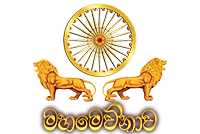



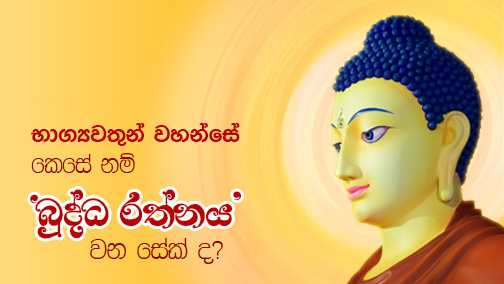
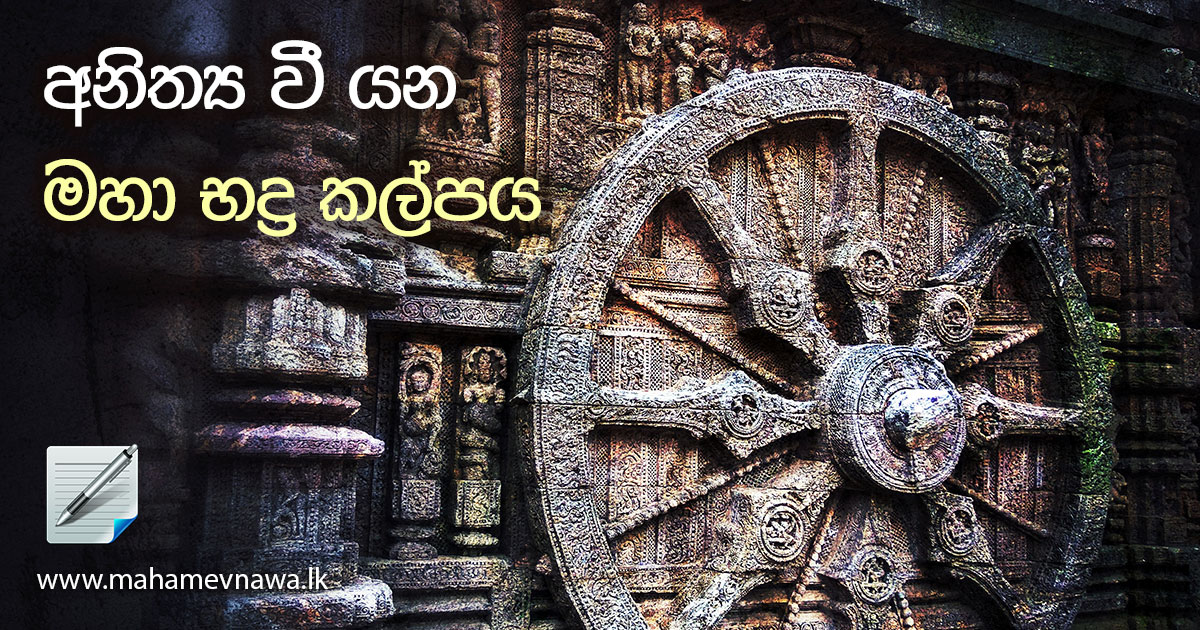
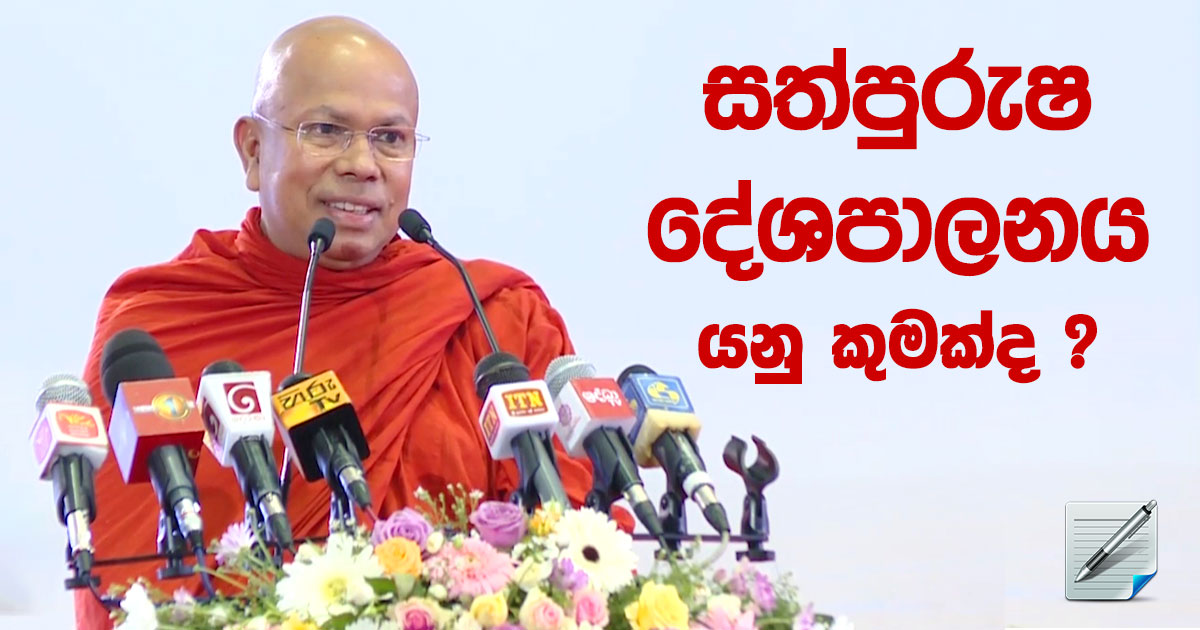
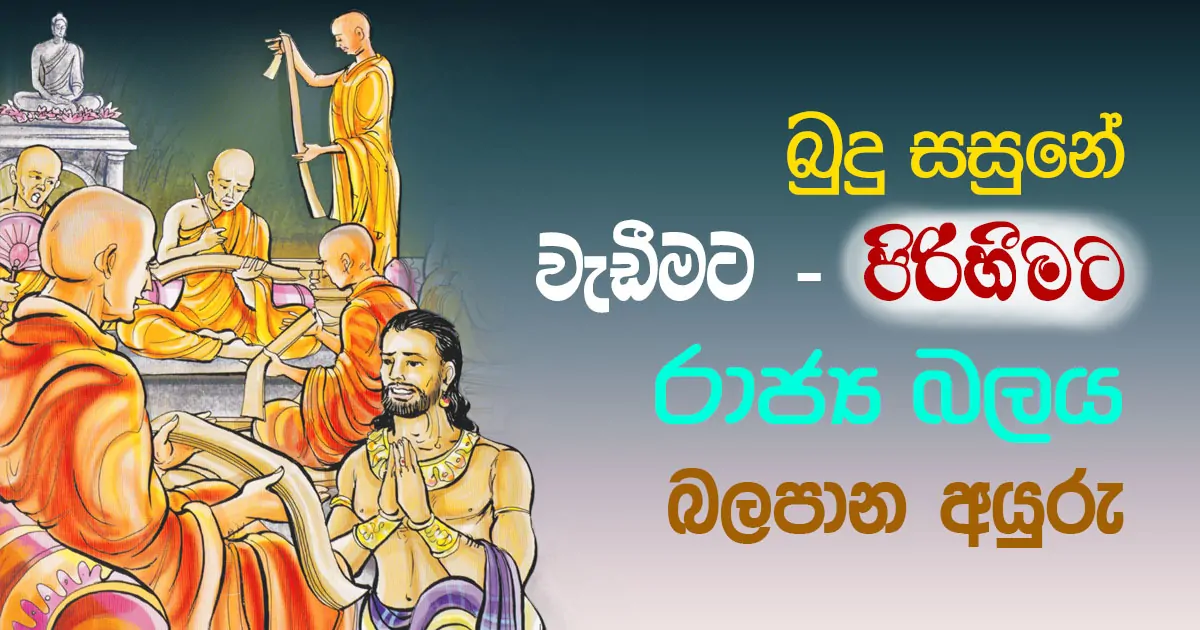
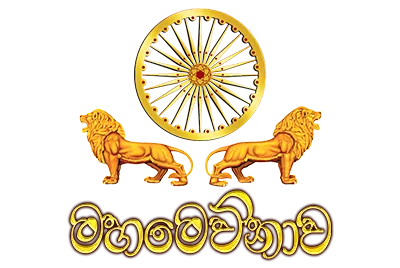
Indeed, the Supreme Buddha deserves a lot of homage for his limitless compassion towards everyone. But, it is a sad thing to say that he passed away to parinibbana at the age of 80, for if he was still alive at this very moment, a countless amount of people would have found something meaningful from this Dhamma taught by the Great Teacher. He is indeed the greatest person who ever lived. I am crying while I am writing this, due to my happiness. Can we count the number of times the Bodhisattva has sacrificed himself for the well-being of us? Never. It is that much big. He is indeed the Blessed One. But, people from other religions don’t understand it, due to the ignorance.